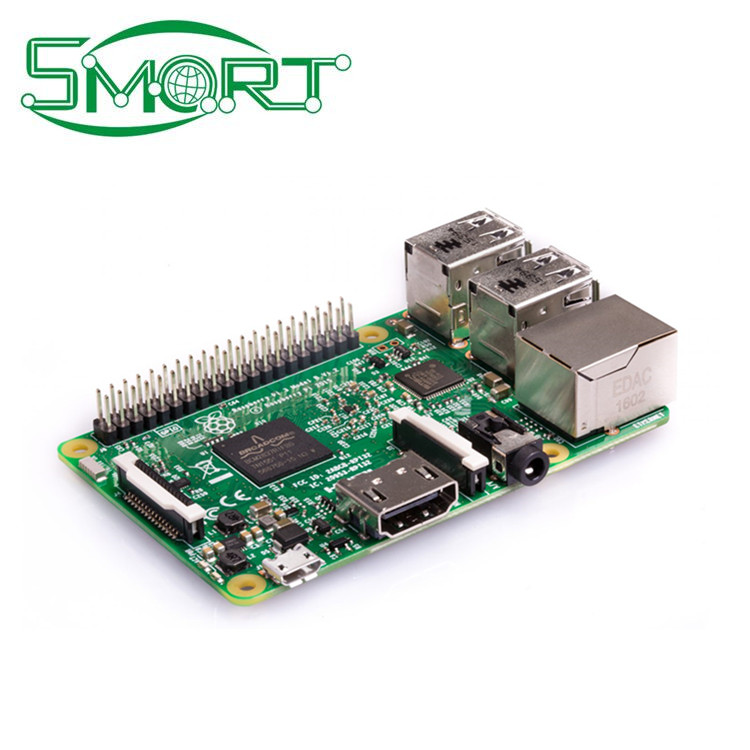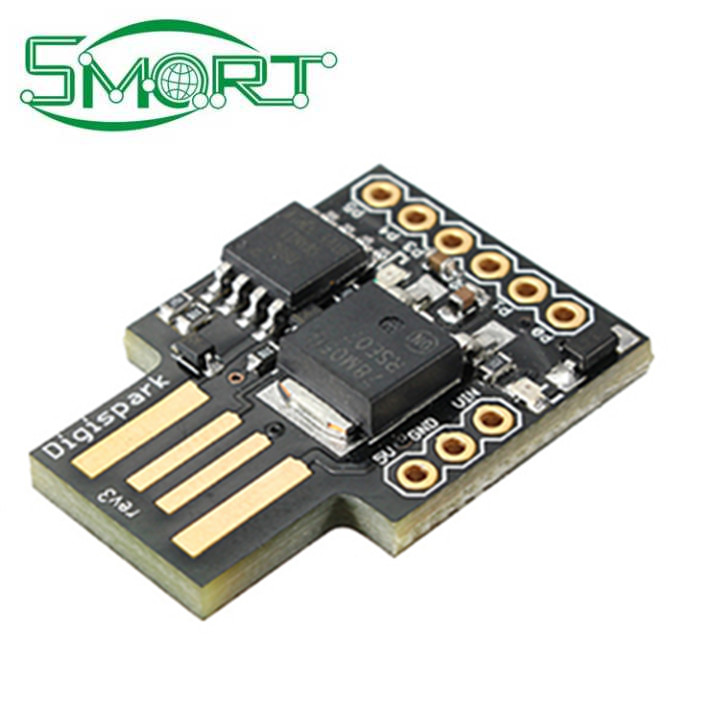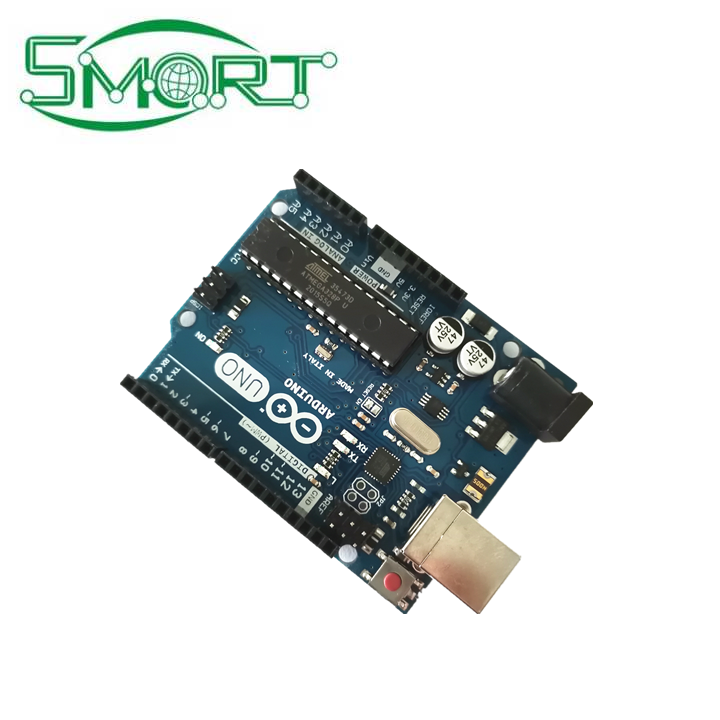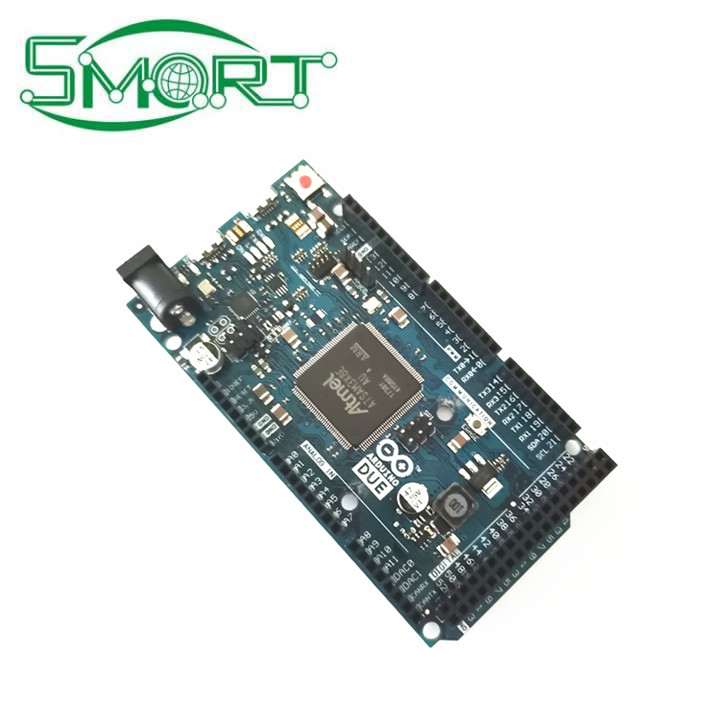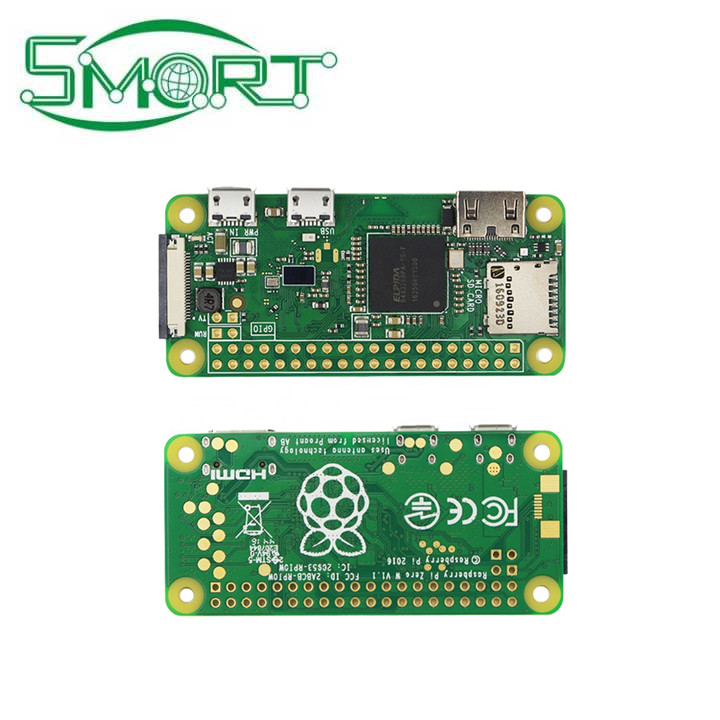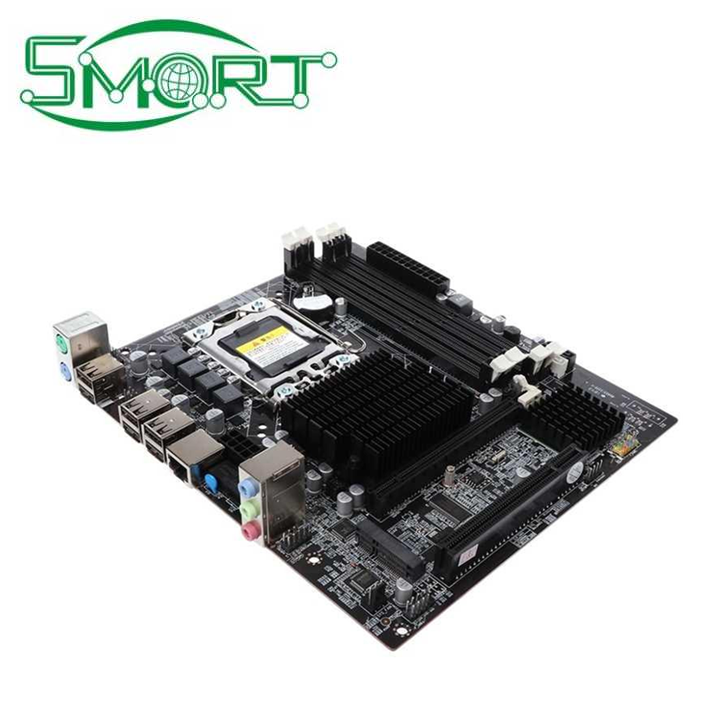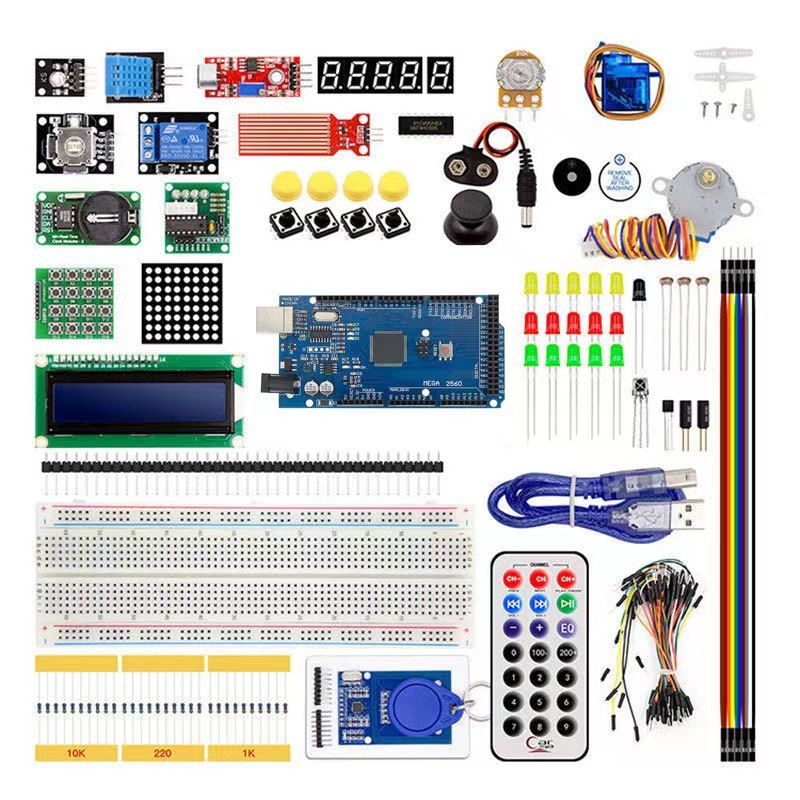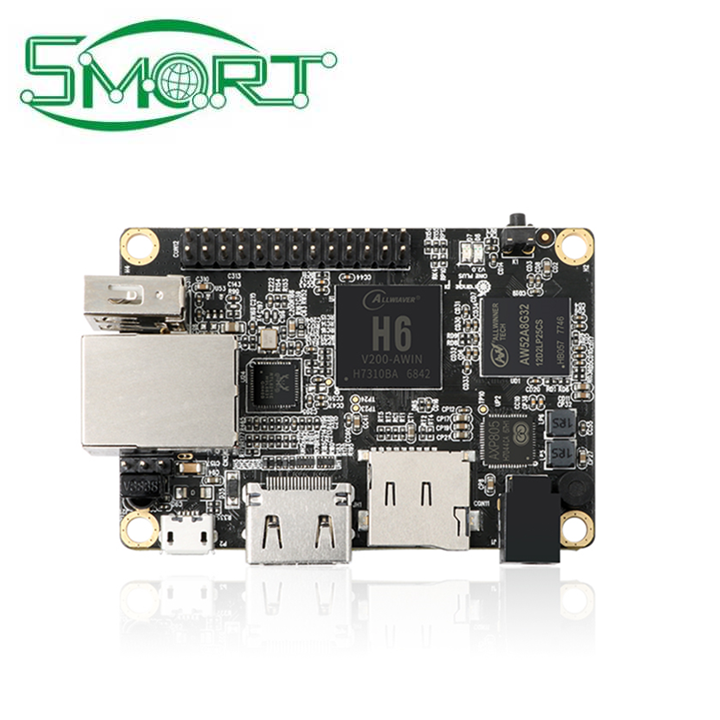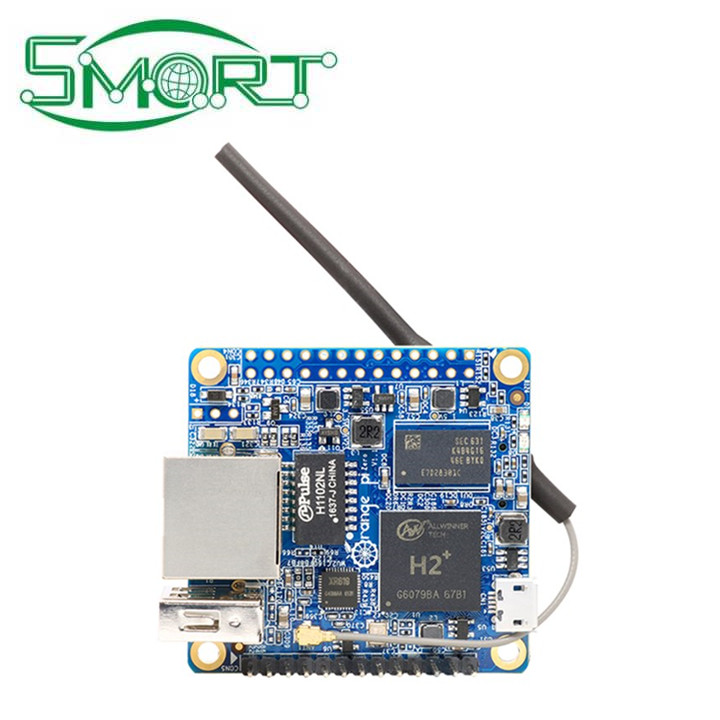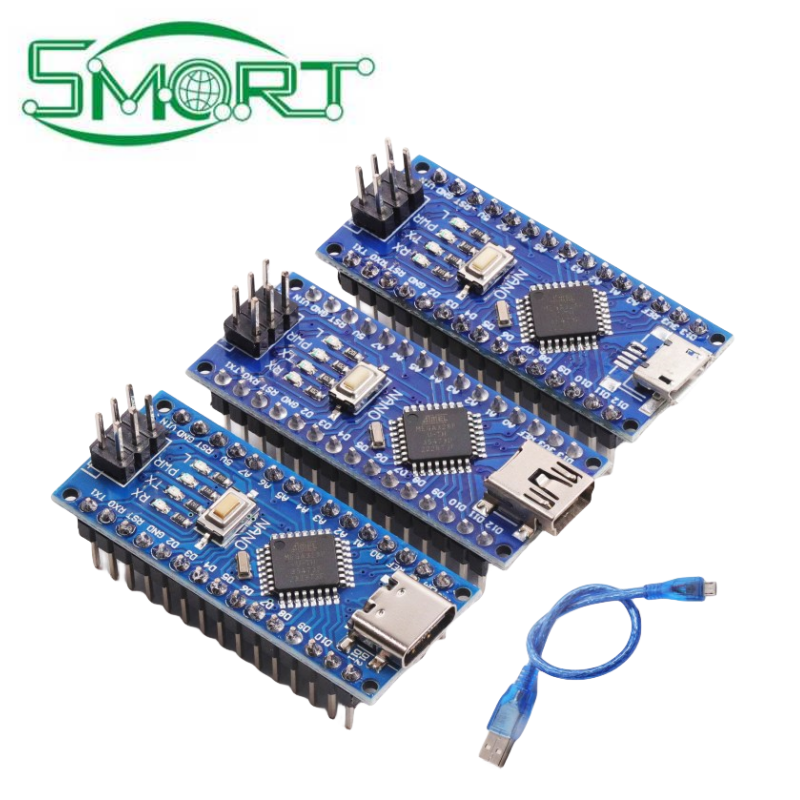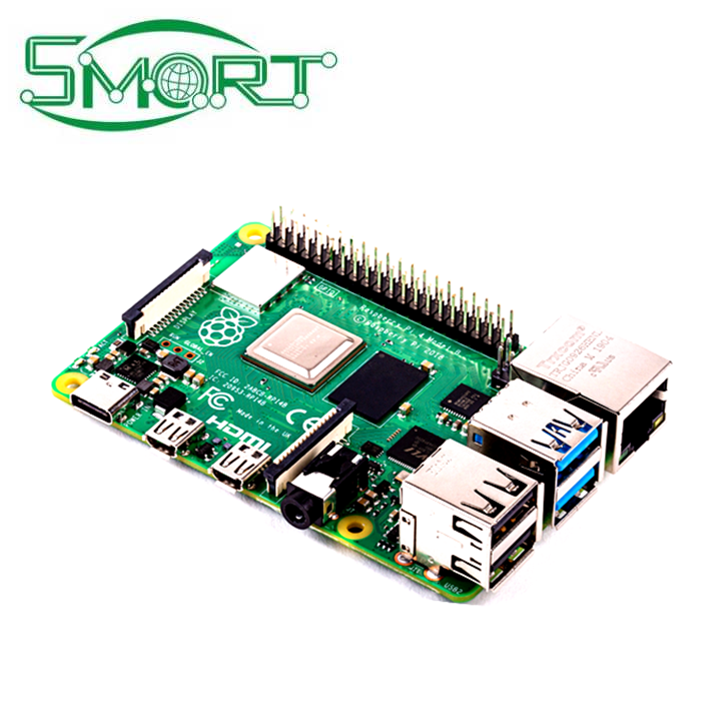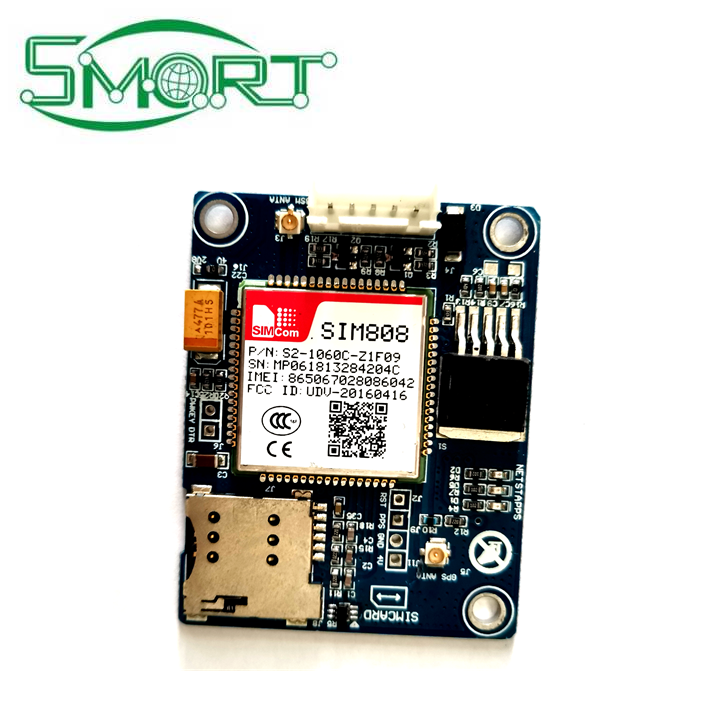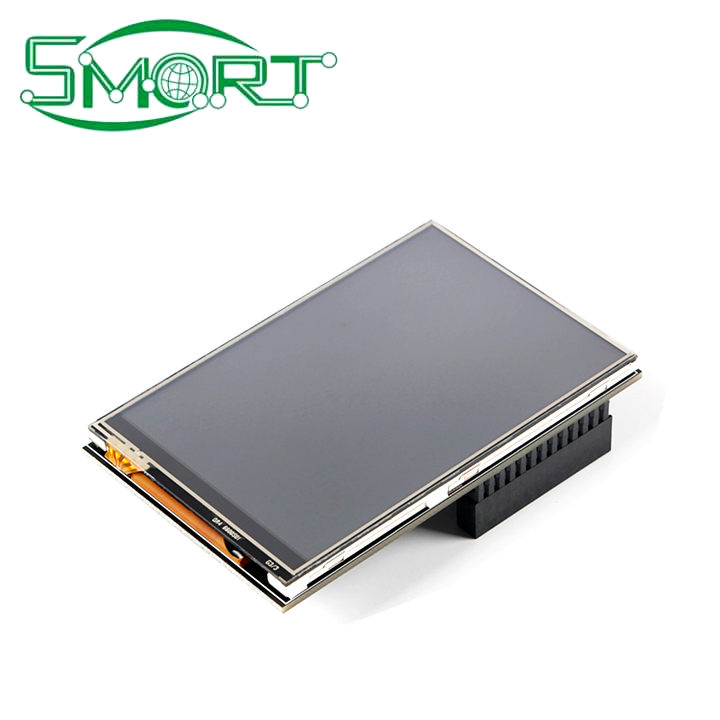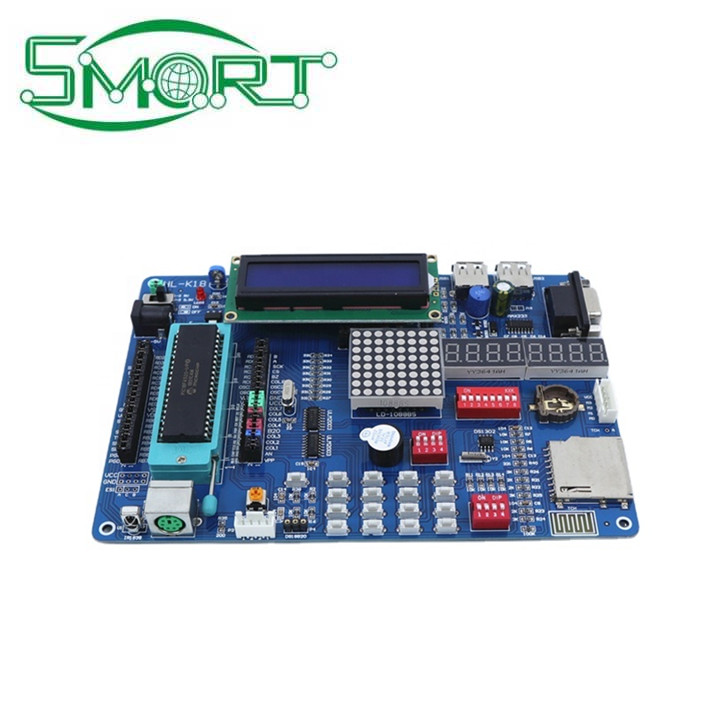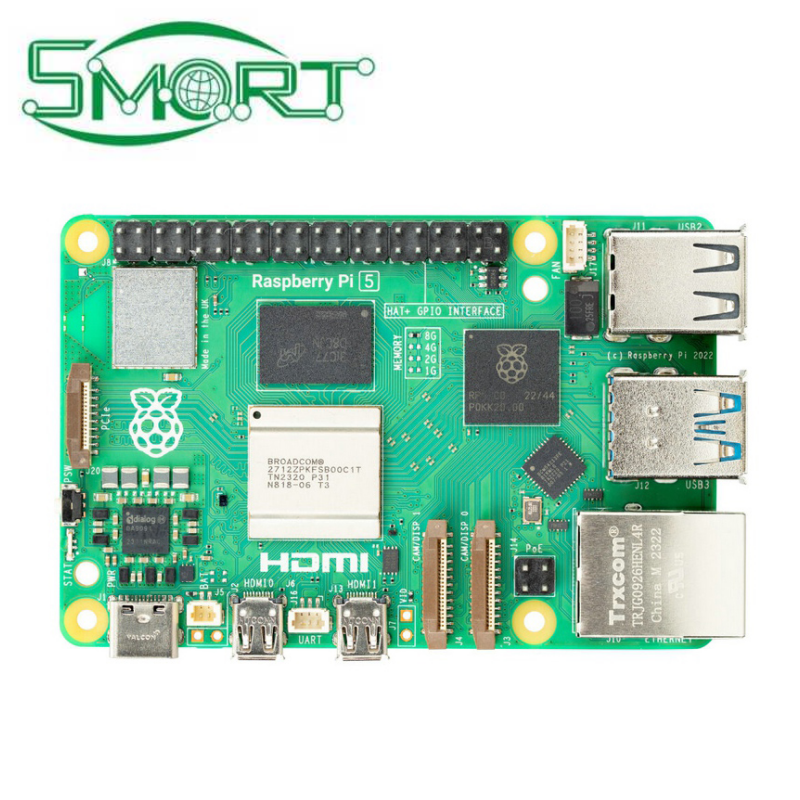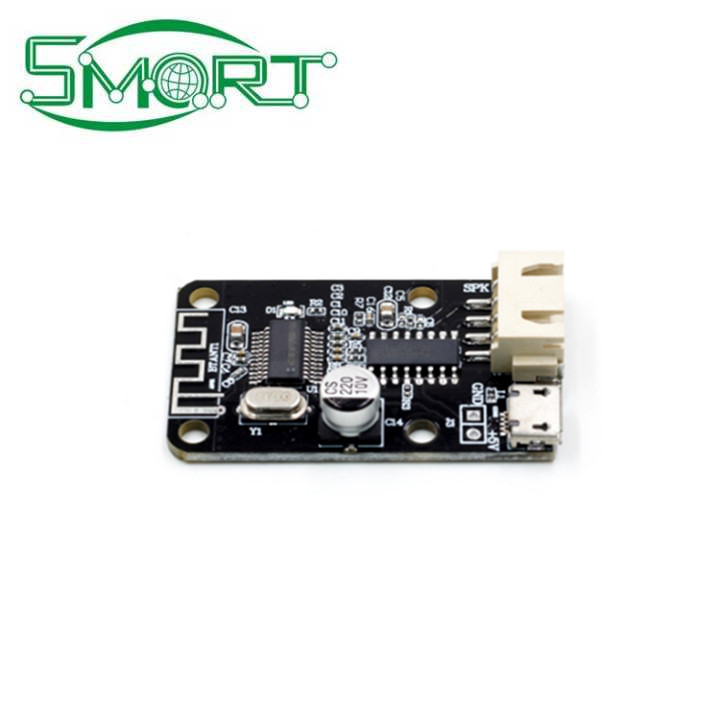
Product Description
1. Use airfoil heat dissipation, the heat dissipation effect is very good, the output power is larger (the power can reach about
1800W when the 48V input is added with the fan). 2. The temperature-controlled fan, combined with the hydraulic bearing fan, has a
very good balance between noise and heat dissipation. When the load is light, the fan does not rotate, and when the load
temperature reaches about 60 degrees, the fan automatically starts to rotate. Can effectively reduce noise and extend life. 3. The main power tube insulation board is made of high-grade alumina, and the thermal conductivity is 10 times that of ordinary
insulation pads.
4. Using 100V 210A TO-247 large package power tube, with large power margin and good dynamic response.
5. Double large-size sendust magnetic rings, using 4 1.2 pure copper enameled wires, with low heat generation and high efficiency.
6. Brand new design,conversion efficiency up to 98.1% (see the efficiency conversion curve in the data sheet below for details).
7. Brand 3296W multi-turn potentiometer, with high adjustment accuracy and small drift.
8. Constantan wire output current sampling, constant current and stable temperature drift.
9. The under-voltage protection is adjustable, which can effectively protect various batteries, and can also be used for solar cells.
10. With constant current function, it can be used to boost battery cars, charge batteries, etc.
11. Input 3 20A fuses in parallel, which can protect the risk of accidental short-circuit of the output.
12. Three indicator lights: undervoltage, overcurrent, power supply indication, working status is clear at a glance.
13. Both input and output use high-frequency capacitors, with low output ripple, low heat generation and long life.
14. MLCC ceramic capacitors are newly added to the input and output, and the output ripple is significantly reduced, about 100 millivolts when the 48V turns to72V 4A.
15. The default is 10-16V for undervoltage protection, you need to adjust the 104 potentiometer (reverse about 10 turns)
Operation guide
Voltage regulation:Use a flat-blade screwdriver to adjust the output terminal “V-ADJ” potentiometer (marked in the figure below) when the power is turned on and there is no load. Turn clockwise to increase and counterclockwise to decrease). Due to the large output capacitance, the output voltage is The response will be slower when the high voltage is adjusted to the low voltage. The adjustment range of the instrument is smaller.
Current regulation: Adjust the "CC A-ADJ" potentiometer counterclockwise for about 30 turns, set the output current to that, connect the LED battery and other loads, and adjust the "CC A-ADJ" potentiometer clockwise to the current you need. For battery charging, after the battery is discharged, connect to the output and adjust CC A-ADJ to the current you need. When charging, you must use the discharged battery to adjust, because the battery is left The more power, the lower the charging current. Never use a short-circuit output method to adjust the current. The circuit structure of the boost module cannot be adjusted by a short-circuit method.
Input low battery protection adjustment:Low battery protection is mainly aimed at preventing battery over-discharge when the input power is a battery, and the battery voltage is too low to damage the power module and battery. Low-voltage protection should also be set when the input is a switching power supply.
Method 1: For example, set the 12V battery low battery protection. Connect an 11V voltage to the input terminal of the power module and use a flat-blade screwdriver to adjust RV1 (clockwise protection voltage value increase, counterclockwise protection voltage decrease) until the UVLO light is on. At this time, the low battery protection voltage is 11V. When the voltage drops to 11V, the power module does not rise (the input voltage is equal to the output voltage). Only when the input voltage is higher than 11V, the power supply self-recovers and starts boosting.
Method 2: Connect the input to the battery or switch power supply. If the UVLO light on the board is off, turn the RV1 potentiometer clockwise to turn the UVLO light on, and then turn it clockwise twice. If the UVLO light is on, turn the RV1 potentiometer counterclockwise to turn off the UVLO light, and then turn it off twice. (Adapt to 10V-45V voltage)
Precautions (1) The output positive and negative poles cannot be reversed or short-circuited.
(2) If it is used as a boost drive power supply for electric vehicles, the input voltage must be above 24V. The power of electric vehicles is less than 500W. Because the electric vehicle motor is an inductive load, the current will be large at the moment of starting and when going uphill.
Sufficient power margin must be left.
(3) When using batteries, switching power supplies, solar panels, generators, etc. as input sources, the battery protection must be lowered, otherwise the battery and power supply will be damaged
(4) Pay attention to ventilation and heat dissipation when working with large current and high power for a long time at full load to extend the service life of the power supply.
(5) The module can only step-up but not step-down, and cannot supply power to electrical equipment lower
than the input voltage, such as charging a 12V battery with a 24V battery or charging a capacitor. Supply power to LEDs lower than the input voltage
(6) Please do not work at full load for a long time, please leave 20% margin when working continuously, pay
attention to ventilation and heat dissipation






















